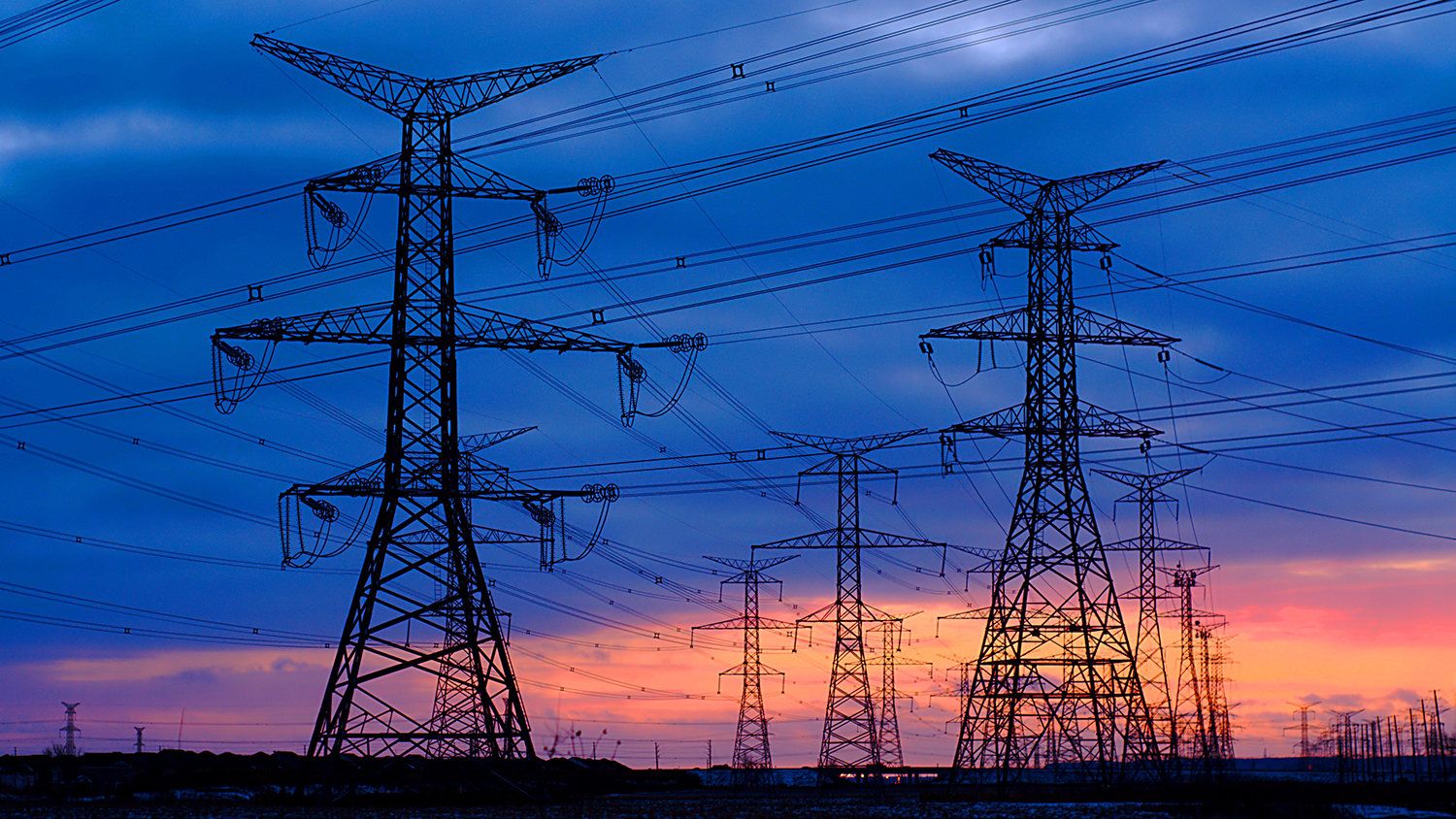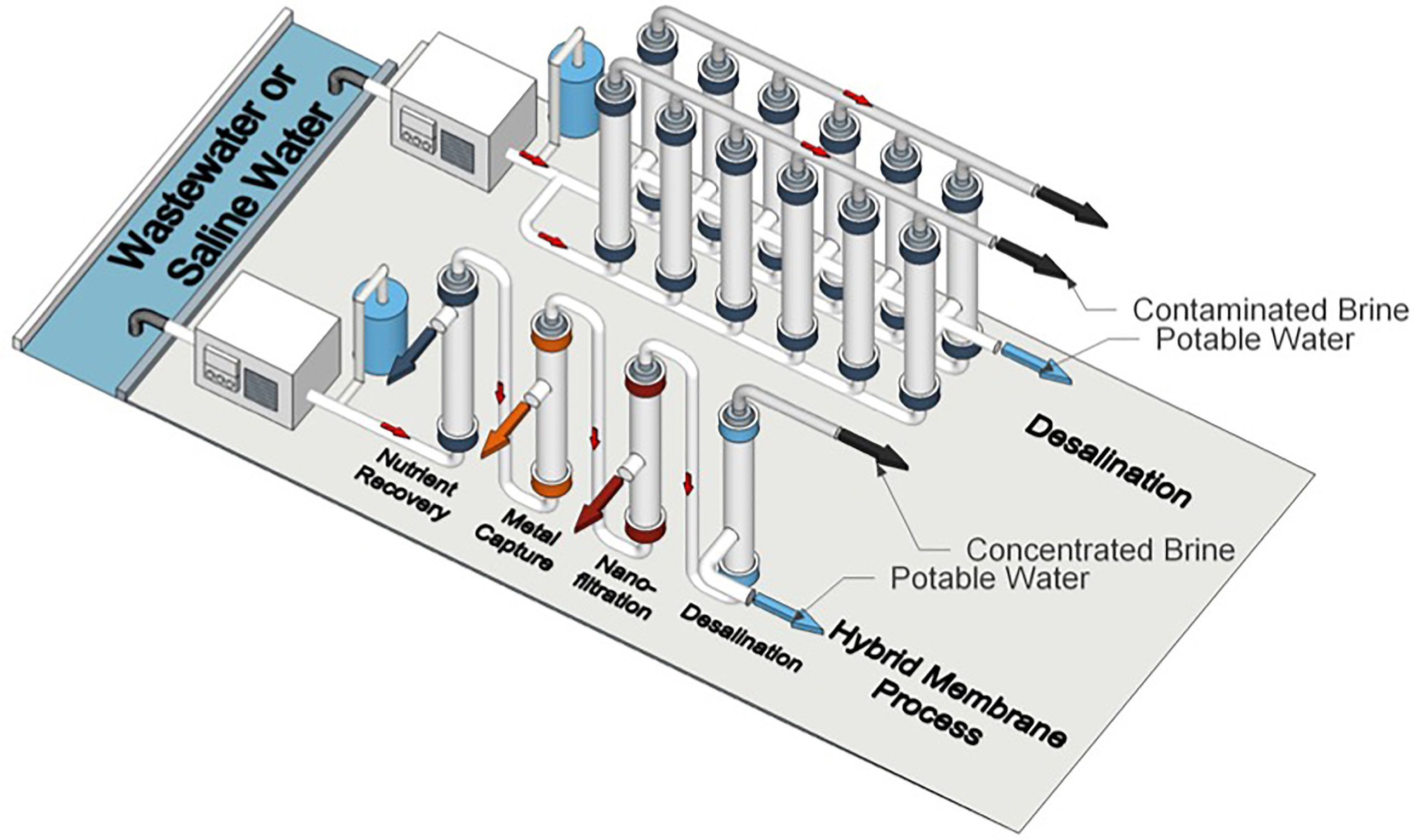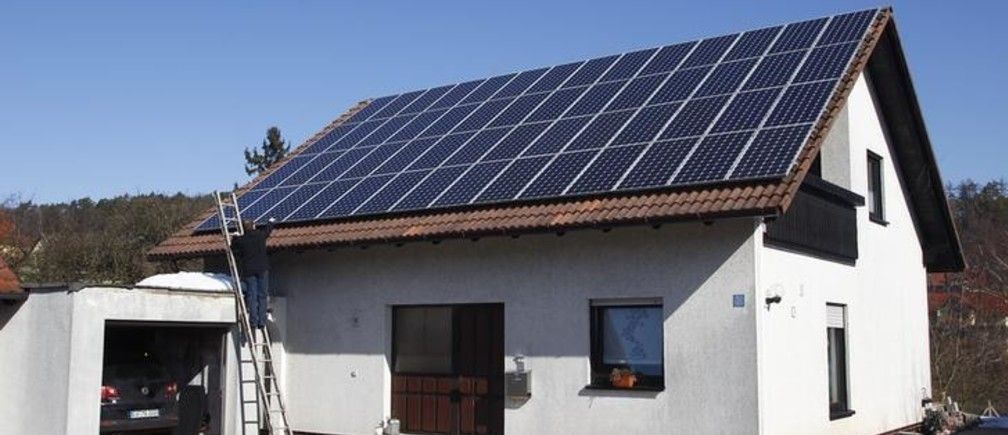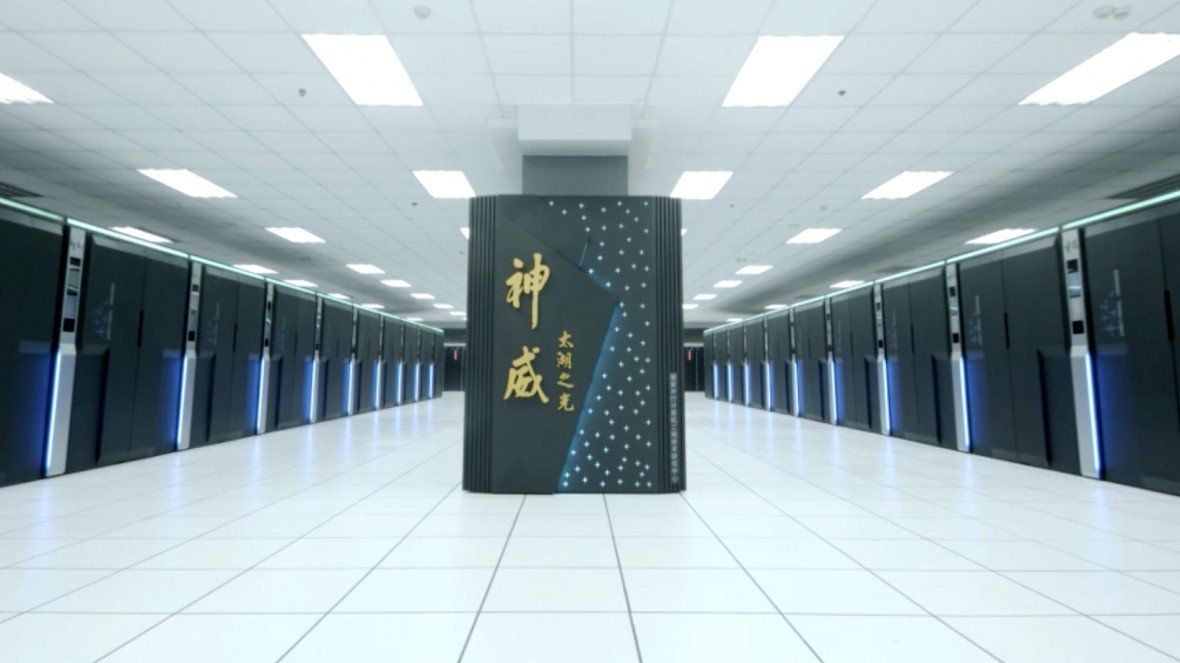May 9, 2018
Mining asteroids might sound like science fiction, but it’s inching closer to reality—and it could be incredibly lucrative
Posted by Klaus Baldauf in categories: energy, space
Sending a spacecraft to the far reaches of our solar system to mine asteroids might seem like an improbable ambition best left to science fiction. But it’s inching closer to reality. A NASA mission is underway to test the feasibility on a nearby asteroid, and a niche group of companies is ramping up to claim a piece of the pie.
Industry barons see a future in finding and harnessing water on asteroids for rocket fuel, which will allow astronauts and spacecrafts to stay in orbit for longer periods. Investors, including Richard Branson, China’s Tencent Holdings and the nation of Luxembourg, see a longer-term solution to replenishing materials such as iron and nickel as Earth’s natural resources are depleted.
Millions of asteroids roam our solar system. Most are thought unsuitable for mining, either because they’re too small, too inaccessible to Earth or because the materials that make up the asteroid have little value. But we know of almost 1,000 asteroids that show potential. Timing is everything, though. The varied orbits of these asteroids mean that many are nearby only once every several years.

















